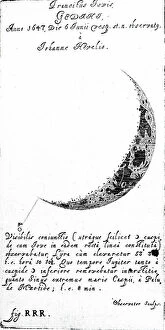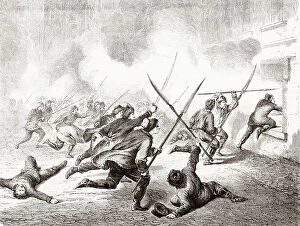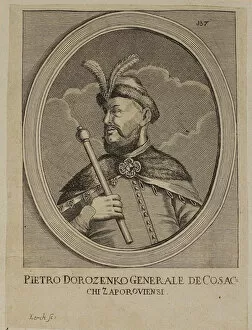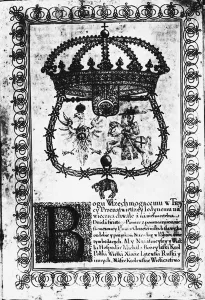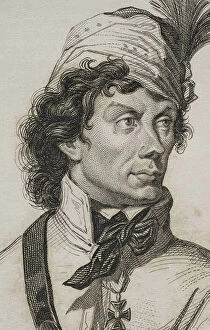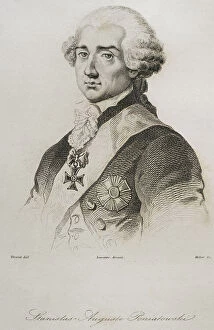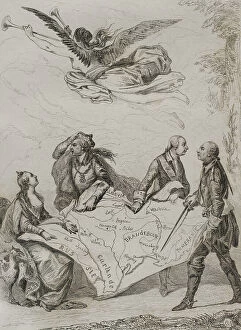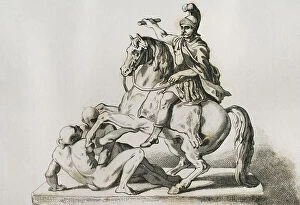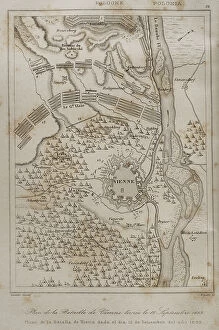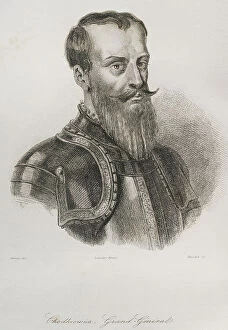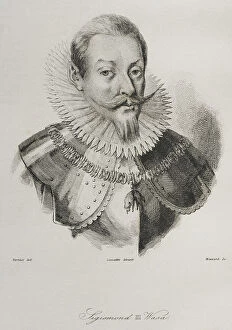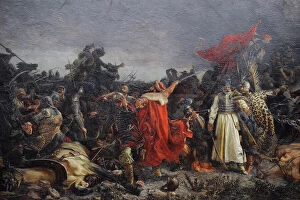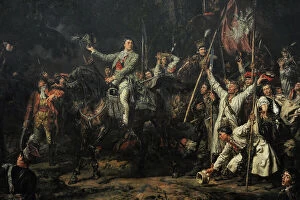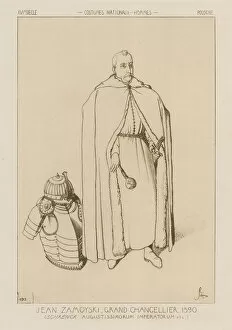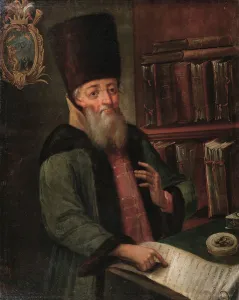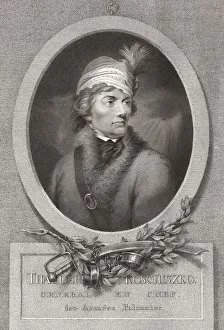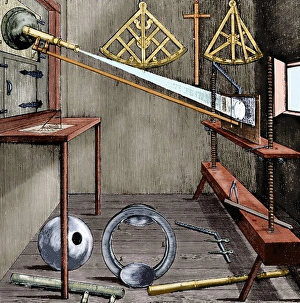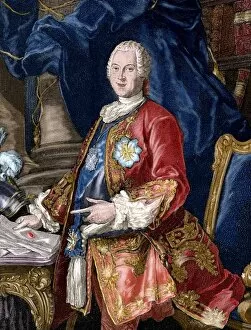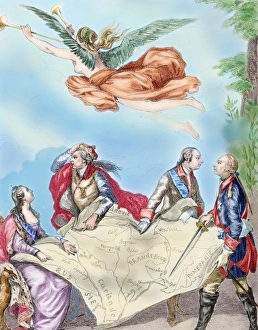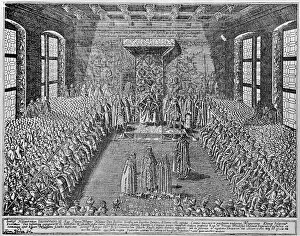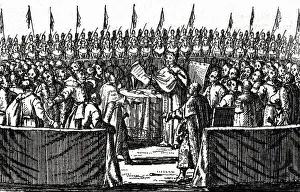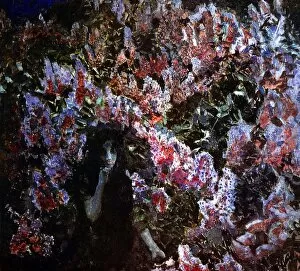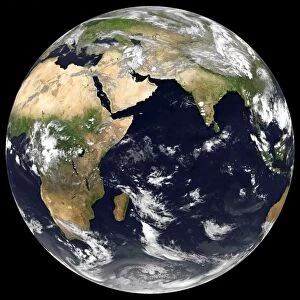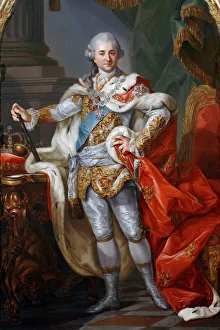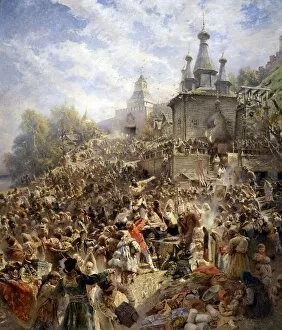Polish Lithuanian Collection
The Polish-Lithuanian Commonwealth, a union of Poland and Lithuania, was a vibrant and diverse nation
All Professionally Made to Order for Quick Shipping
The Polish-Lithuanian Commonwealth, a union of Poland and Lithuania, was a vibrant and diverse nation. It encompassed the Mazovians with their rich cultural heritage, the proud Highlanders known for their fierce spirit, and the Lithuanians who brought their unique traditions to this melting pot. Throughout its history, remarkable figures emerged from this land. Tadeusz Kosciuszko stands tall as a Polish general and statesman whose bravery inspired many. Stanislaw II Augustus ruled as King of Poland during an era marked by great challenges such as the First Partition of Poland. One cannot forget the legendary John III Sobieski, who not only reigned over Poland but also served as Grand Duke of Lithuania. His strategic genius was evident in his famous Plan of the Battle of Vienna in 1683 when he led his forces to victory against formidable foes. Looking further back in time reveals more extraordinary leaders like Wladyslaw IV Vasa and Jan Karol Chodkiewicz. Their contributions shaped Polish history and left an indelible mark on the nation's identity. Even beyond its borders, Poland made its presence felt. Sigismund III Vasa's reign saw him become King not only in Poland but also in Sweden – a testament to his influence across Europe. Intriguing connections were forged between nations during this period too; Henry III of France from House Valois-Angouleme found himself entangled with Polish affairs at times. Wars were fought on these lands too; one notable example being the Battle of Cecora in 1620 where brave soldiers clashed valiantly for honor and glory. The story of "Polish-Lithuanian" is one that weaves together tales of valorous kings, brilliant military commanders, epic battles fought on foreign soil, and a diverse population united under one banner. This caption merely scratches the surface; there is so much more to discover about this fascinating era in history.

